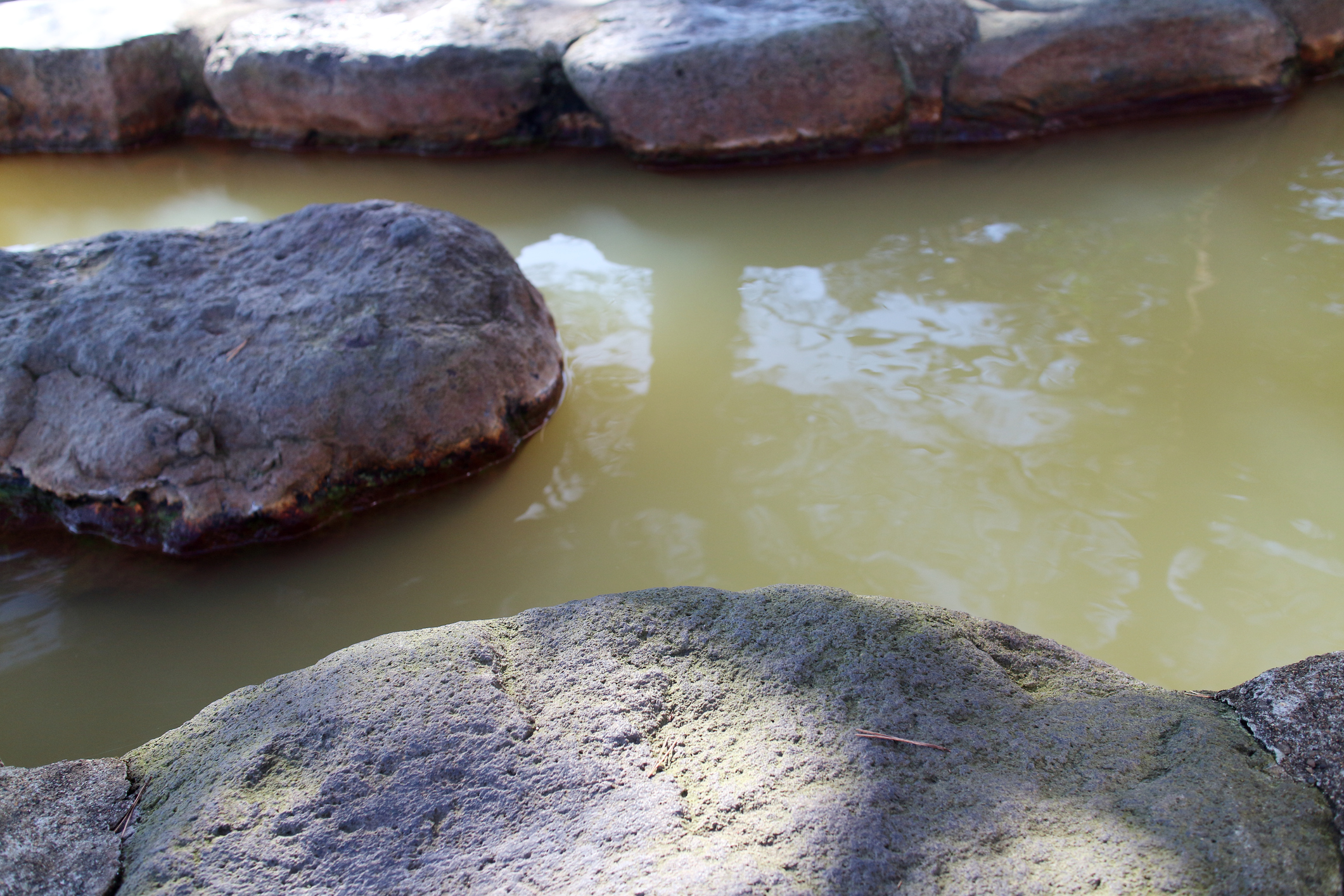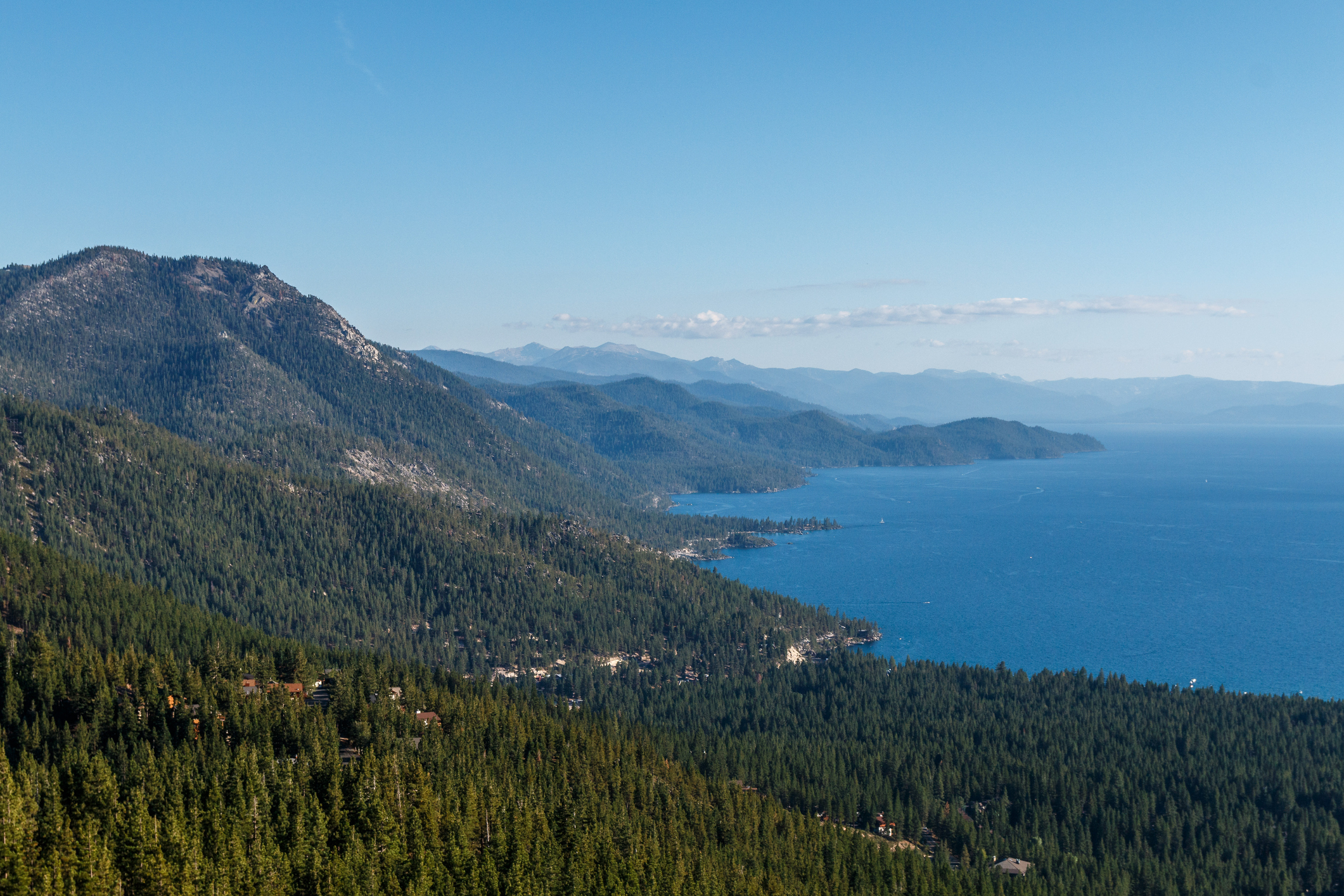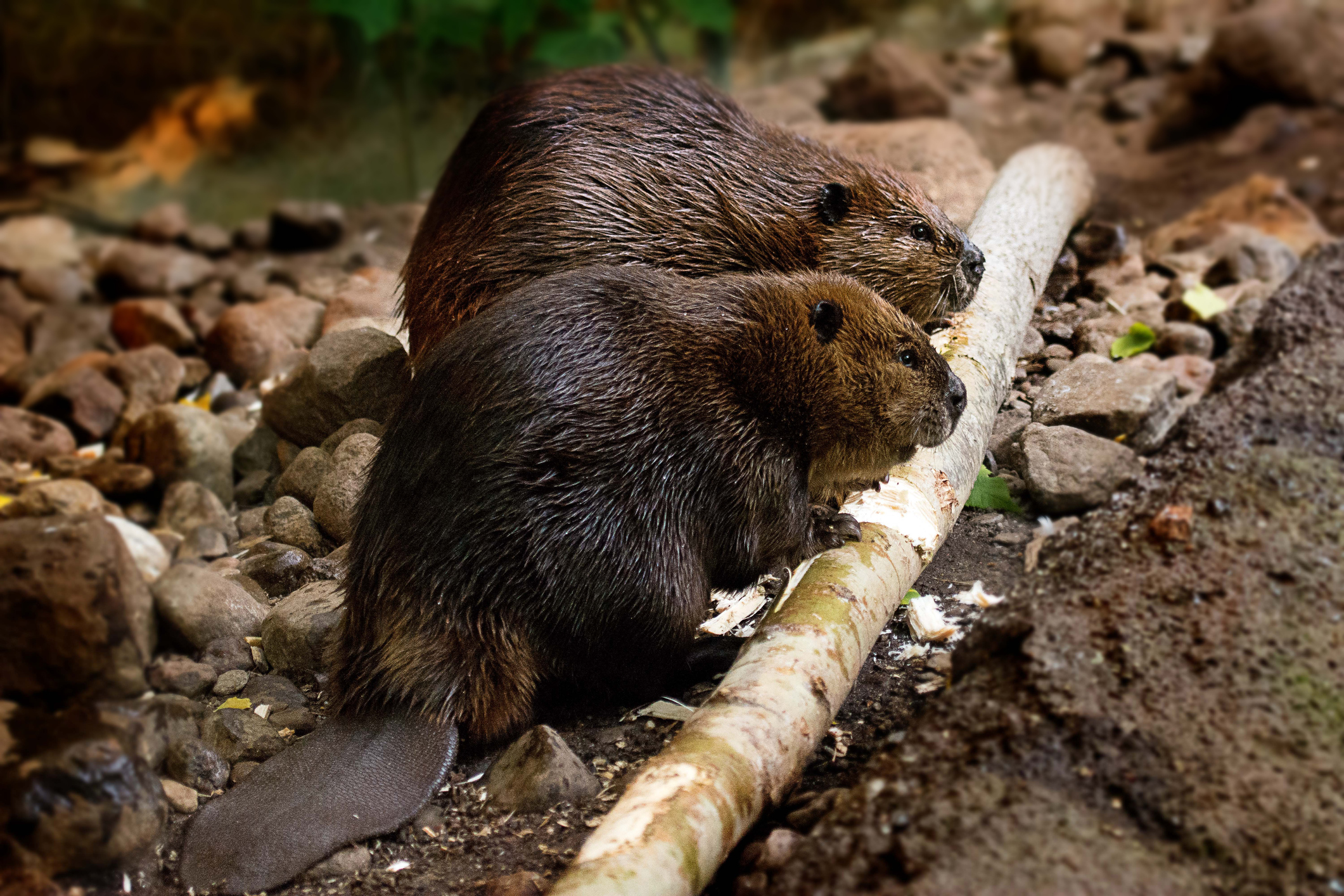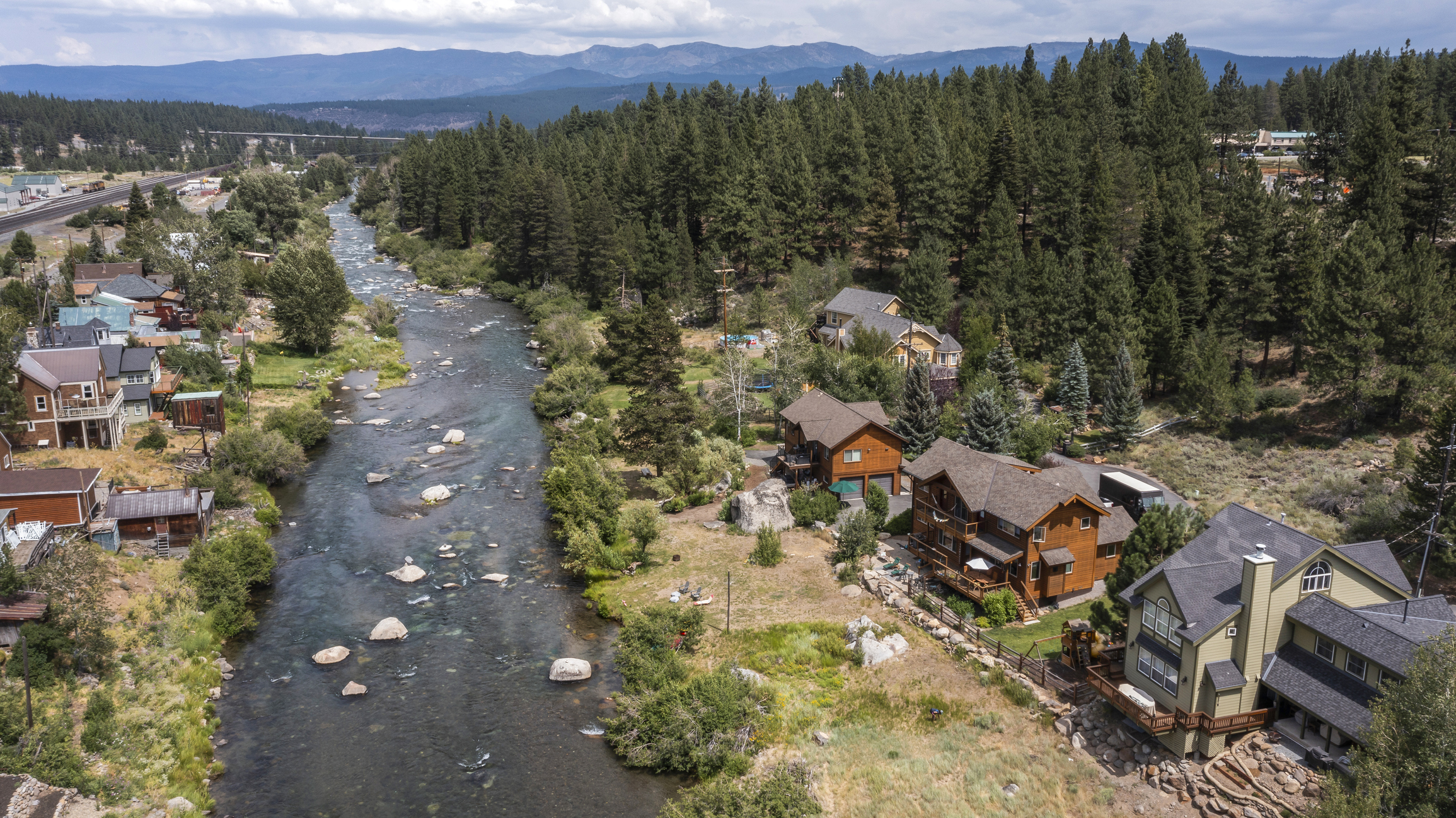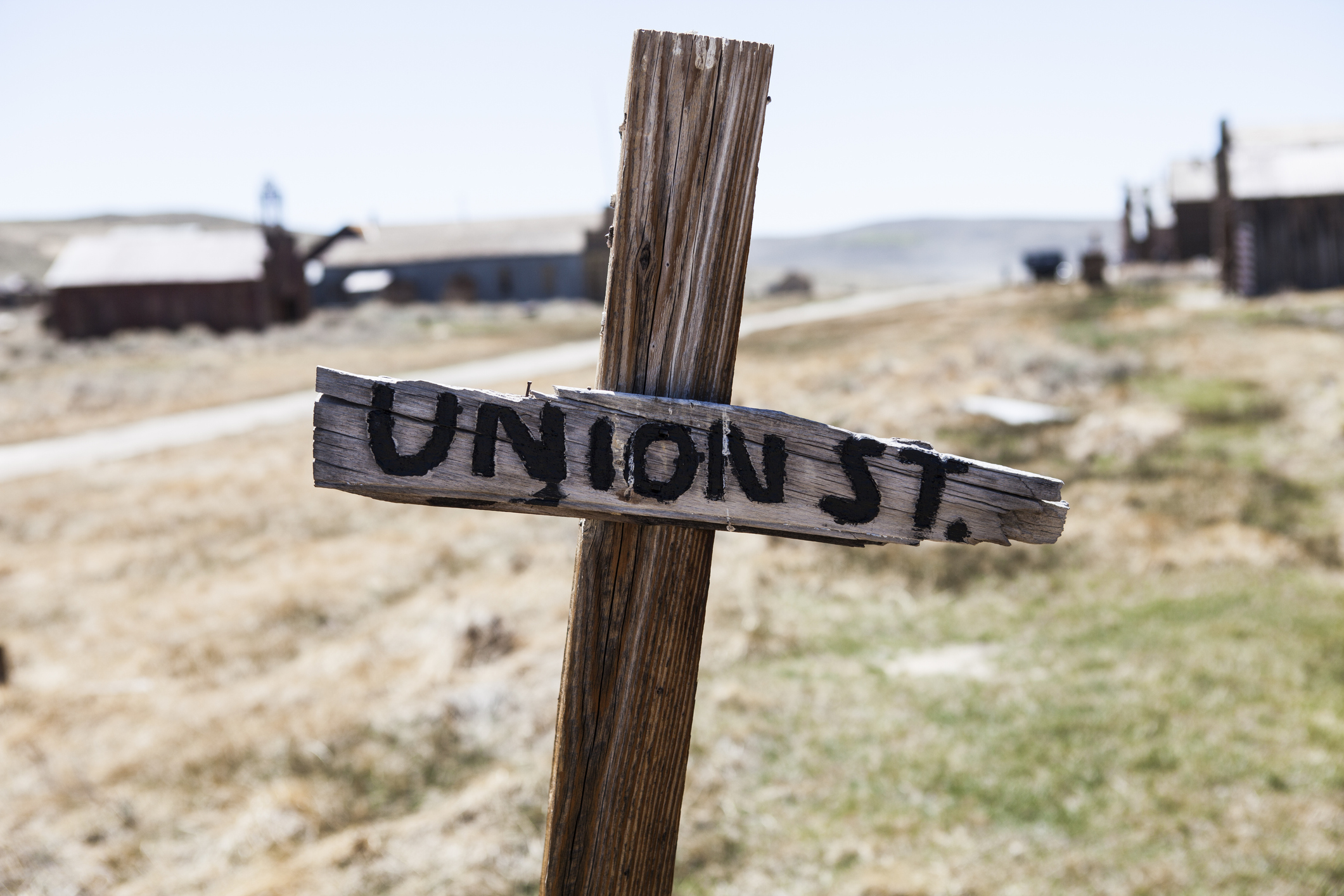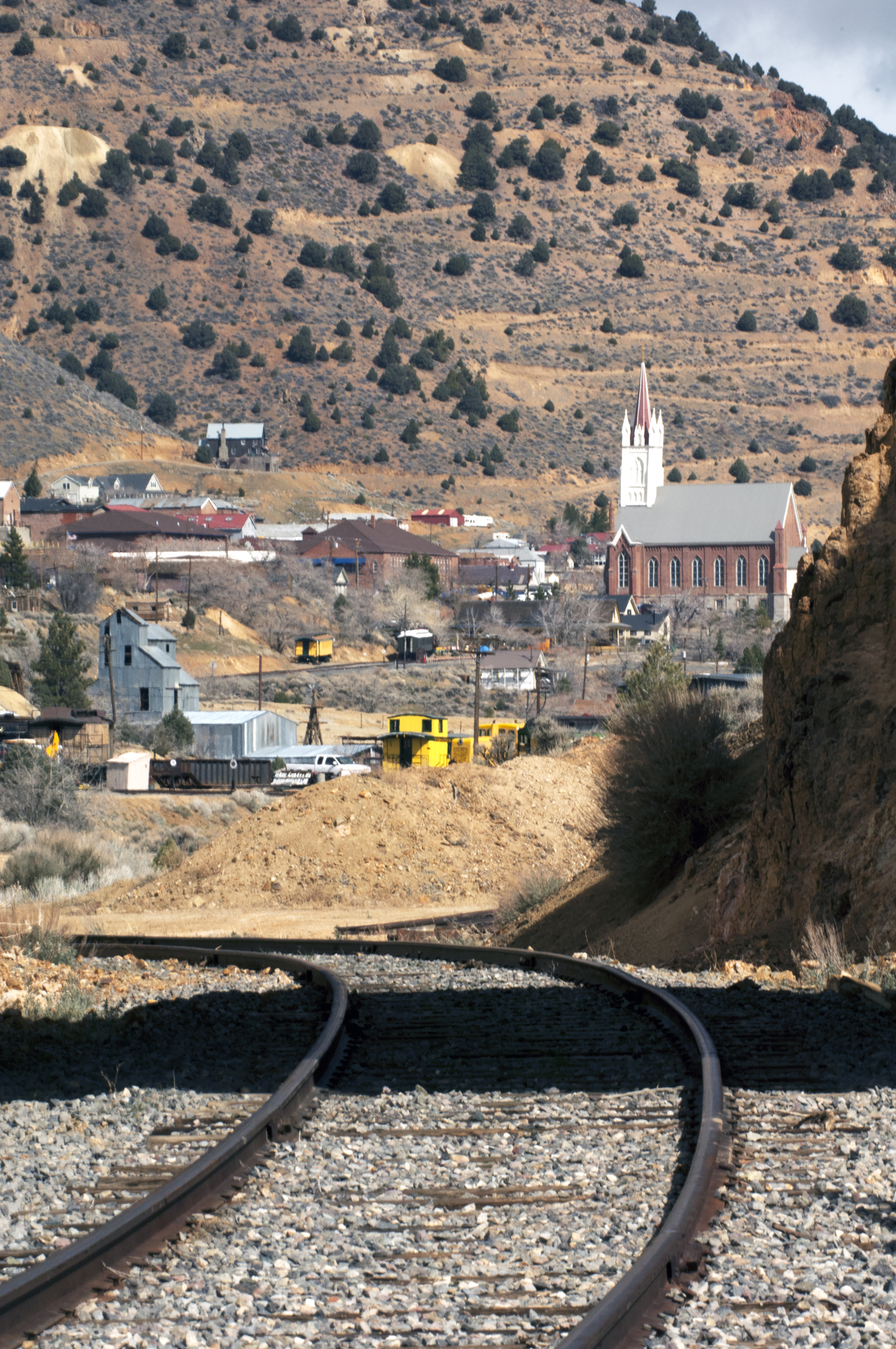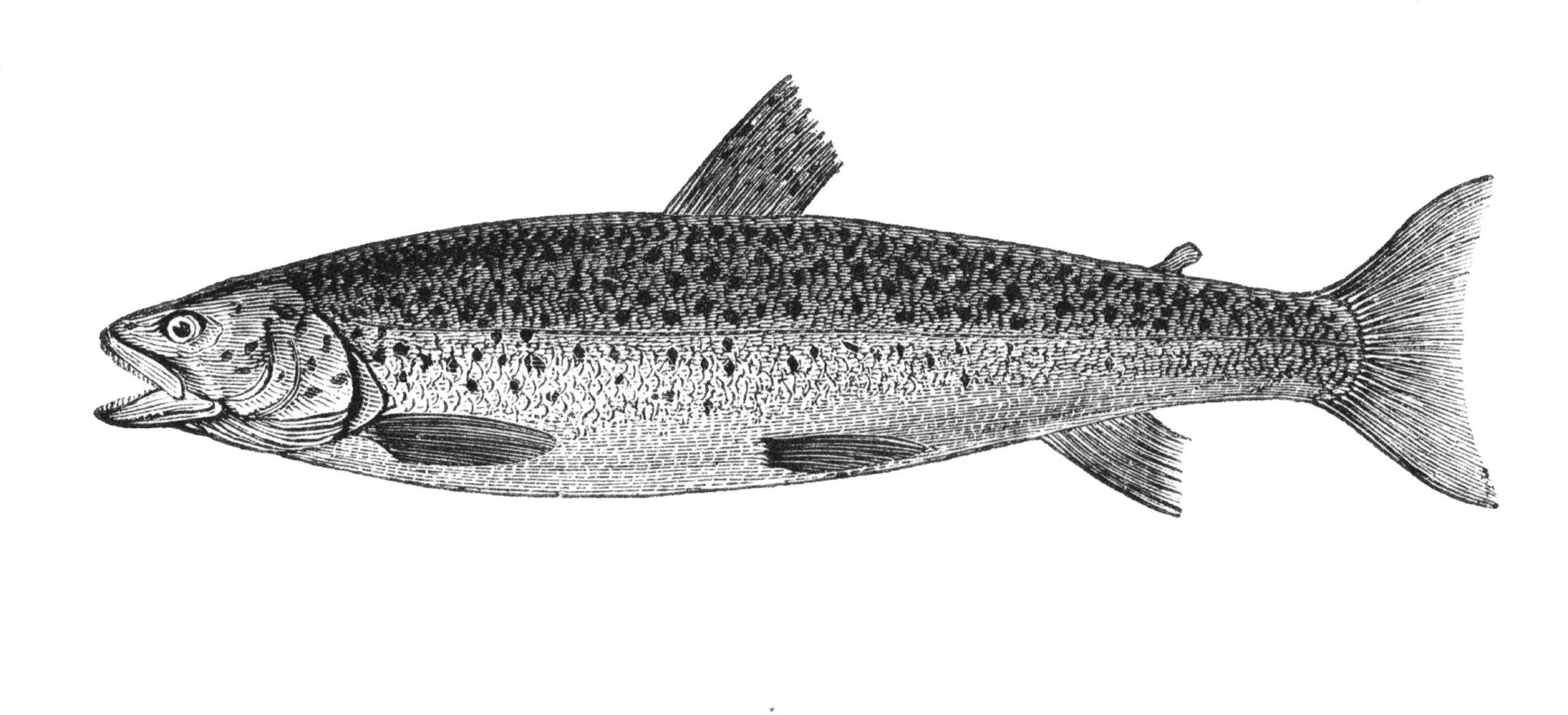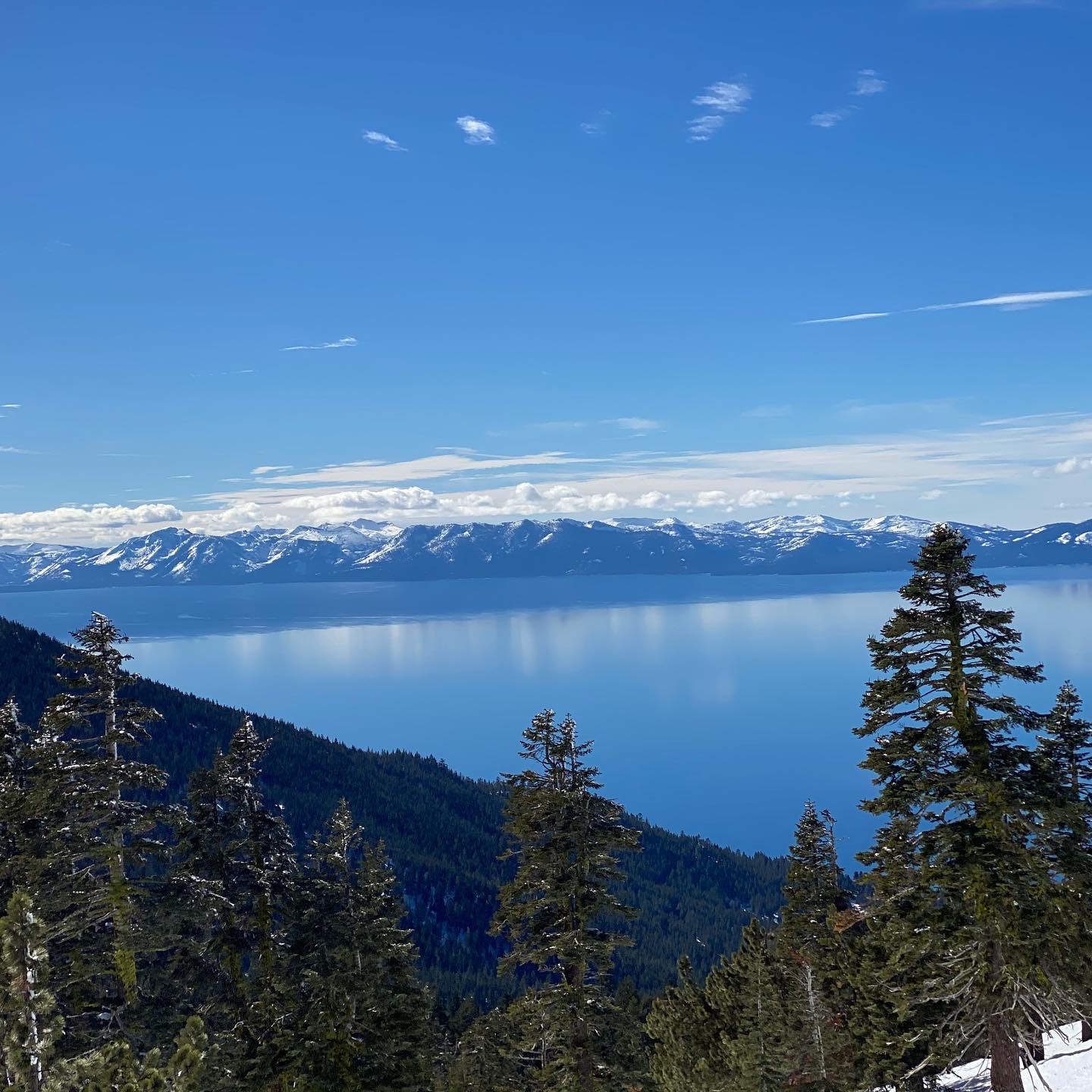One unique feature on Lake Tahoe’s north shore is definitely under-used, mostly because it is off the beaten track for tourists and locals alike. The pools of the Lake’s one and only waterside hot springs sit empty much of the time.
The source of the hot springs bubbles up on the Brockway Springs Lakefront Resort’s property and there is no public access to this gated community of privately owned condominiums.
However, the hot springs’ outflow trickles down into natural rock walled pools sitting on the edge of the Lake. These pools, located below Tahoe’s high water mark, are always waiting for the serious soakers arriving on SUPs, or in kayaks, or motor boats.
It is less than a mile’s paddle from the King’s Beach boat ramp to the soaking pools. Head towards the California-Nevada border to find the natural pools only a few yards past the Brockway Springs swimming pool. Then it’s a few steps through Lake Tahoe’s chilly waters, and a short scramble over a Tahoe boulder or two, for a rest in the toasty warm water while being impressed by superb views. Take care, though, don’t just jump in. Test the water first, because sometimes the springs’ water is hot enough to burn. As always, be respectful of private property, stay outside of its boundaries.
Traditional stories from the Washoe people tell of their ancestors’ summer migrations to the “Lake of the Sky.” Naturally, they also took advantage of a good soak in the comfortable waters of the springs. This habit of theirs continued well into the time of European settlement.
About 150 years ago, William Campbell and George Schaffer graded a dirt road from Truckee to the hot springs. The road conveniently brought tourists from the Truckee railroad stop to Mr. Campbell’s guest cabins built by the springs. Campbell’s Hot Springs quickly became one of Tahoe’s first commercial resorts.
In 1884, a tourist pamphlet, promoting Campbell’s Resort stated: “The water boils out in several places in great volume. The hotel is comfortable; the charge $3.00 a day; the entire lake is seen from the house, and the baths are an advantage to be had nowhere else on the lake.”
That inviting place is still on Lake Tahoe’s shores, with a few changes. Of course, the price of a room is somewhat over $3.00, and no one has to bump for hours over a dirt road in a horse drawn wagon. The hot water, though, continues to “boil out” as it has for centuries.
According to Google Maps, Brockway hot springs lies about 11 miles from Mt. Pluto, which is an extinct volcano, and about 12 miles away from Mt. Rose, another extinct volcano.
Naturally, with all that latent seismic activity, more than one fault line is nearby. Ground water can circulate through those fault zones, and, as they are damaged zones of high permeability, the heat rises from great depths creating hot springs.
Tahoe has always attracted health seekers who have trusted that these mountains will revitalize them physically as well as mentally. Looks like they may be right


 Facebook
Facebook
 Twitter
Twitter
 Pinterest
Pinterest
 Copy Link
Copy Link
